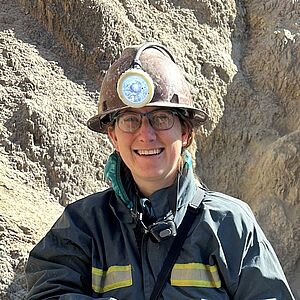History of the mine rescue service
The development of the mine rescue services dates back to the second half of the 19th century. At this time, the mines were getting bigger and deeper. More and more miners were employed underground. More and more deposits were being mined, which were contaminated with hazardous gases, for example. All this meant that mining accidents became more frequent. The combination of firedamp and coal dust explosions was particularly devastating.
At a certain concentration of oxygen and the gas methane, a spark is enough to ignite the gas mixture abruptly - a firedamp explosion. A coal dust explosion is similar to a flour dust explosion: if the particles are dispersed finely enough in the air, they can also ignite with a spark.
In order to prevent mining accidents, attempts were initially made to prevent ignition. Various companies developed safety lamps for this purpose. The previously open flame was now protected behind glass or a close-meshed wire net. Ventilation (air supply and extraction) in the mines was also improved. It was not until 1896 that research results showed that most of the miners did not die from the explosion itself (which had been assumed until then), but suffocated after the explosion because they inhaled toxic substances. A rescue operation in the first few hours after an explosion could therefore save lives. This important realisation heralded the beginning of organised mine rescue.


